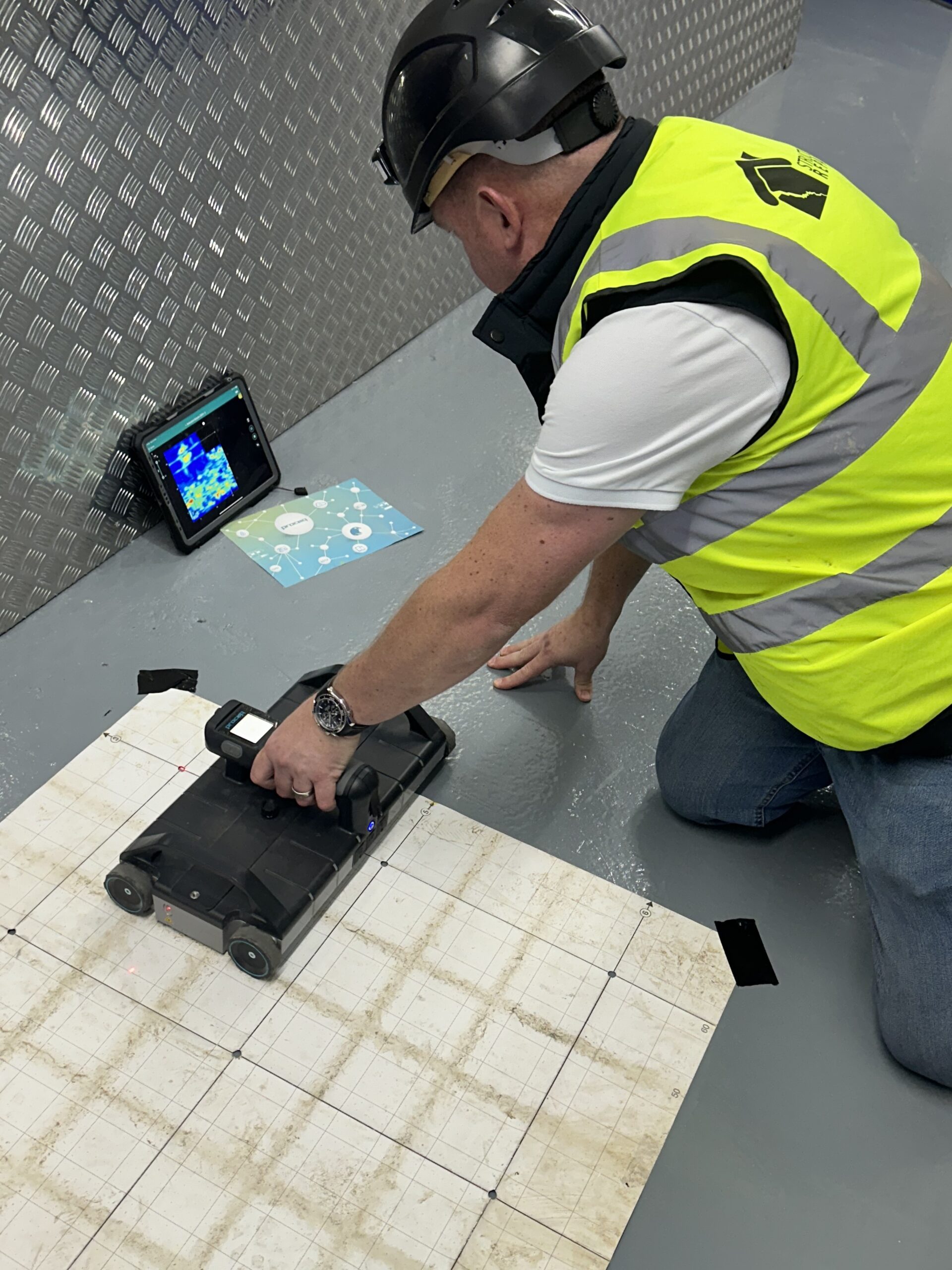Why Concrete Scanning Is Important for Making Sure Safety and Precision on Work Sites
In the realm of construction and infrastructure advancement, ensuring safety and precision within work sites is extremely important. This method offers a peek below the surface area, discovering hidden risks and blockages that could hamper progress and jeopardize the safety and security of workers and the structural stability of the job.
Significance of Concrete Scanning

Failure to conduct thorough concrete scanning can cause expensive damages, job hold-ups, and, most notably, safety risks for employees on-site. Accidentally striking an utility line or a structural part can lead to mishaps, injuries, and even deaths. Consequently, purchasing concrete scanning solutions is a positive step to reduce these risks and make certain a smooth building and construction process.
Hidden Hazards Detection
Reliable discovery of concealed threats is crucial for making sure the safety and performance of construction tasks. RainierGPR Concrete Scanning. Surprise dangers can position significant threats to employees, tools, and the total success of a project otherwise identified and resolved quickly. Usual concealed threats on job websites include underground energies, rebar, post-tension cable televisions, and other blockages that can bring about accidents, hold-ups, and expensive damages if accidentally struck throughout building and construction tasks
By making use of sophisticated concrete scanning innovations such as ground-penetrating radar (GPR) and electro-magnetic induction, building teams can accurately locate and map out covert dangers underneath the surface area before excavation or exploration begins. This aggressive approach not only boosts safety and security by avoiding mishaps however likewise improves job effectiveness by reducing unanticipated disturbances and revamp.
Furthermore, the very early discovery of hidden risks allows task managers to establish appropriate safety procedures, apply targeted mitigation techniques, and assign sources properly to alleviate risks and make sure a smooth construction procedure. Prioritizing surprise dangers detection via concrete scanning is crucial for maintaining a protected workplace and attaining project goals without jeopardizing safety or precision.

Precision in Task Planning
Discovery of concealed hazards with advanced modern technologies lays the structure for precision in project preparation within the construction industry. By making use of concrete scanning strategies, building and construction teams can properly draw up the place of prospective barriers or dangers concealed below the surface area. This details is vital for job preparation as it enables for the development of specific approaches to browse around these threats, lessening the danger of delays and mishaps.
Precision in job planning is essential for ensuring that construction projects are finished on time and within budget. By incorporating information acquired from concrete scanning right into the preparation phase, building and construction groups can develop comprehensive schedules, recognize possible difficulties, and designate resources better. This aggressive technique not just enhances safety and security on the look at these guys task website however likewise improves general task efficiency.
Furthermore, specific project preparing reduces the chance of costly rework or layout modifications, as possible barriers are recognized and addressed early at the same time. Inevitably, using concrete scanning modern technology contributes to achieving greater precision and success in building project execution.
Enhancing Safety Actions
Incorporating sophisticated safety procedures is important for keeping a safe and secure job environment on building websites. When it comes to concrete scanning, improving safety and security procedures is critical to avoid mishaps and make sure the well-being of workers. Utilizing cutting-edge modern technologies such as ground-penetrating radar (GPR) and electromagnetic induction, construction teams can recognize prospective risks under the surface prior to beginning any type of digging or drilling tasks. These tools enable workers to find rebar, post-tension wires, and various other learn this here now blockages hidden within concrete structures, decreasing the threat of unexpected strikes that can result in architectural failings or injuries.
Moreover, applying proper safety and security methods, performing regular safety training sessions, and supplying employees with individual protective equipment (PPE) are essential components of boosting safety measures on task websites. By promoting and fostering a safety-oriented culture alertness among workers, building and construction business can considerably alleviate the likelihood of workplace events and promote high security standards throughout the job duration. Inevitably, prioritizing security not just safeguards employees but also adds to the general success and efficiency of building undertakings.
Guaranteeing Job Website Effectiveness
Structure upon the structure of enhanced safety and security procedures in concrete scanning, optimizing task site performance ends up being important for the smooth execution of building and construction tasks (RainierGPR Concrete Scanning). Making certain job website efficiency entails streamlining procedures to maximize performance while preserving high requirements of quality and security.
Clear delegation of jobs, regular progression updates, and efficient analytical techniques can aid avoid misconceptions and keep the project on track. Ultimately, by prioritizing efficiency along with safety and security in concrete scanning techniques, building and construction tasks can be finished more effectively and efficiently.
Conclusion
In verdict, concrete scanning plays a critical function in guaranteeing safety and precision on work websites. By finding concealed dangers, enhancing precision in task planning, improving precaution, and making certain job site see page efficiency, concrete scanning aids to stop mishaps and decrease dangers (RainierGPR Concrete Scanning). It is a vital tool for building jobs to keep a risk-free workplace and make sure the effective completion of tasks
Failure to conduct extensive concrete scanning can result in expensive damages, project delays, and, most importantly, safety and security threats for workers on-site.Additionally, applying correct safety and security methods, conducting regular safety training sessions, and supplying employees with individual protective devices (PPE) are integral parts of boosting safety actions on job sites.Building upon the structure of improved safety actions in concrete scanning, maximizing work site performance becomes vital for the seamless execution of construction tasks. Eventually, by prioritizing performance alongside security in concrete scanning techniques, building projects can be completed more successfully and efficiently.
By identifying hidden hazards, boosting precision in project preparation, enhancing safety and security steps, and ensuring job website effectiveness, concrete scanning assists to prevent mishaps and lessen threats.